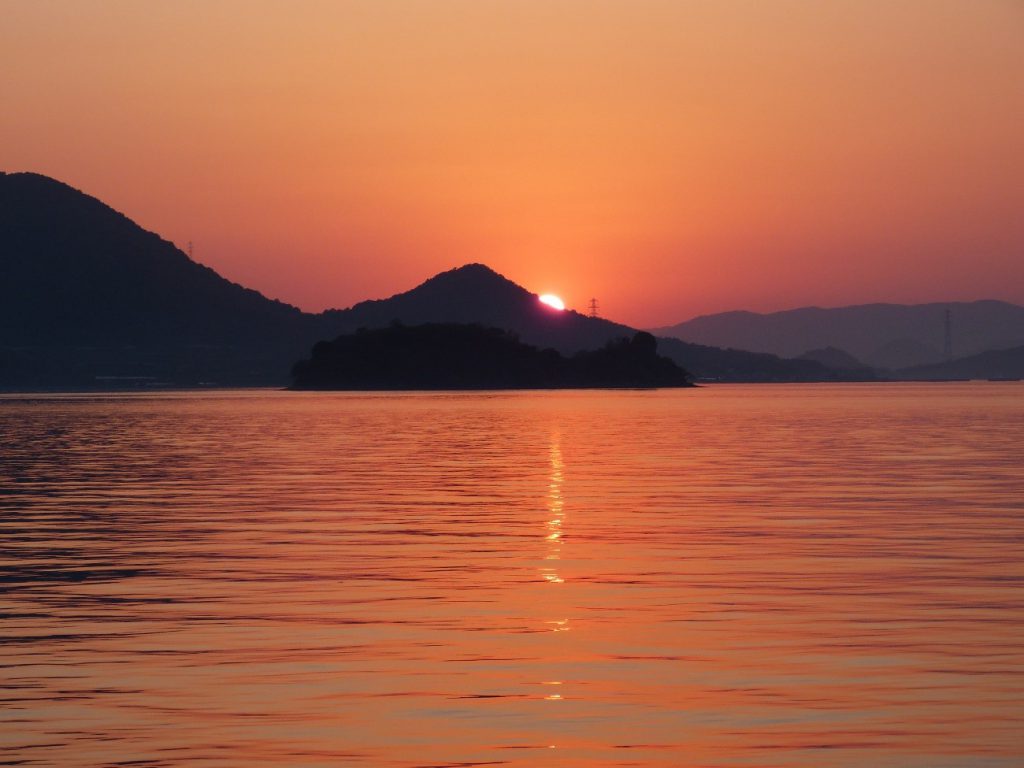
- The Shimanami Kaido begins on Honshu in Onomichi City.
- across the six islands of Mukaishima Ikuchijima, Omishima, Hakatajima
- and Oshimbegins on Honshu in Onomich on Honshu in Onomichi City
Ikuchijima Island, linked to the Shimanami Kaido by the Ikuchi Bridge at its northern end and the impressive Tatara Bridge in the south, is possibly the most touristic of the Shimanami islands. The town of Setoda is the perfect place for relaxed pottering and, with several places that are popular with domestic tourists, you are likely to see more
people around here than at anywhere else on the route. This is all relative, of course, and it takes little effort to get off the beaten path and have rural Japan back to yourself.
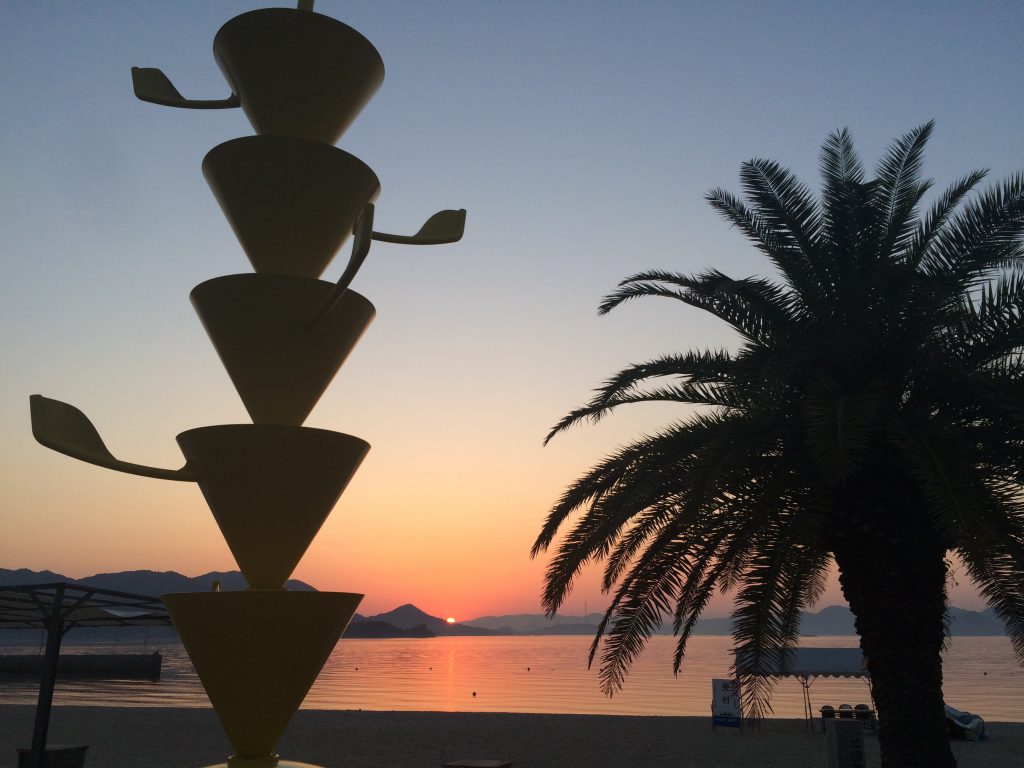
Ikuchijima presents a variety of options for independent travellers on the Shimanami Kaido. Setoda is about 30km along the cycle route from Onomichi, but you can also take a 40 minute ferry from here to Setoda Port which is close to most of the island’s major tourist attractions. Bikes can be loaded onto the ferry for a small charge or you can rent in Setoda itself. Cyclists looking to save time and energy can get a headstart on the Shimanami Kaido by taking the ferry, taking in the sights before heading on towards Imabari, or spending the day exploring the rest of the island.
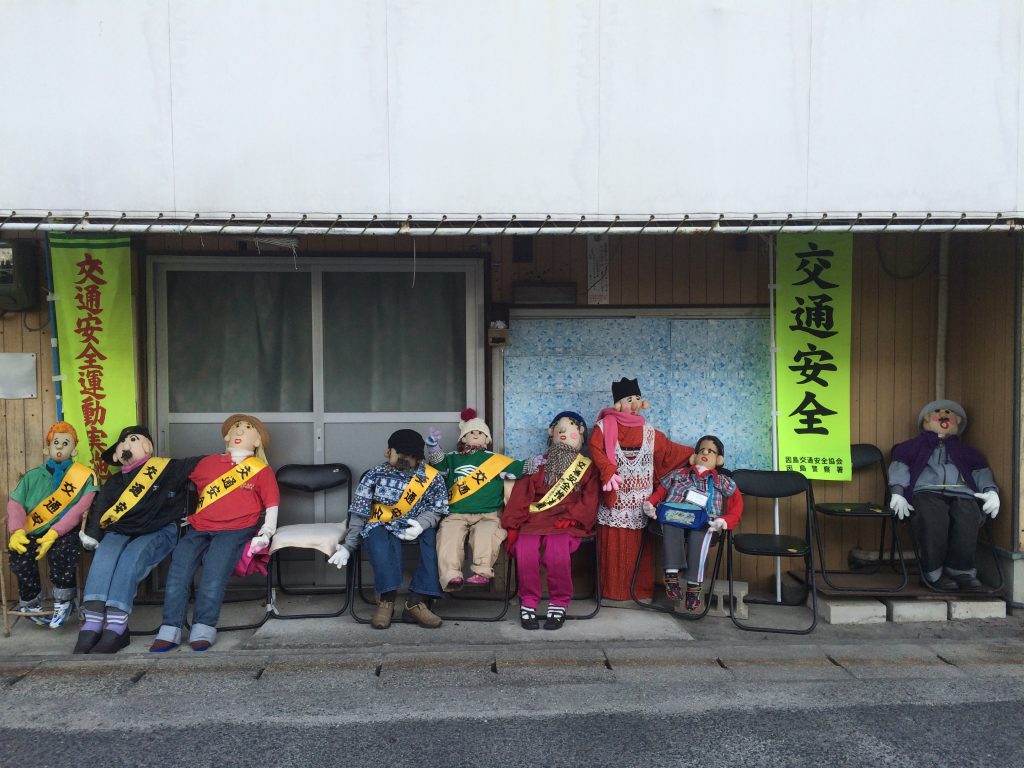
You can also cycle from Onomichi to Setoda and take the ferry back. The bizarre Kosanji Temple and glistening marble ‘Heights of Eternal Hope for the Future’ above it, the Ikuo Hirayama Art Museum, Shiomachi shopping street and Kojoji Temple’s the Three-Storied Pagoda are all within 1km of Setoda Port and accessible on foot making Setoda an appealing destination for the non-cyclist.
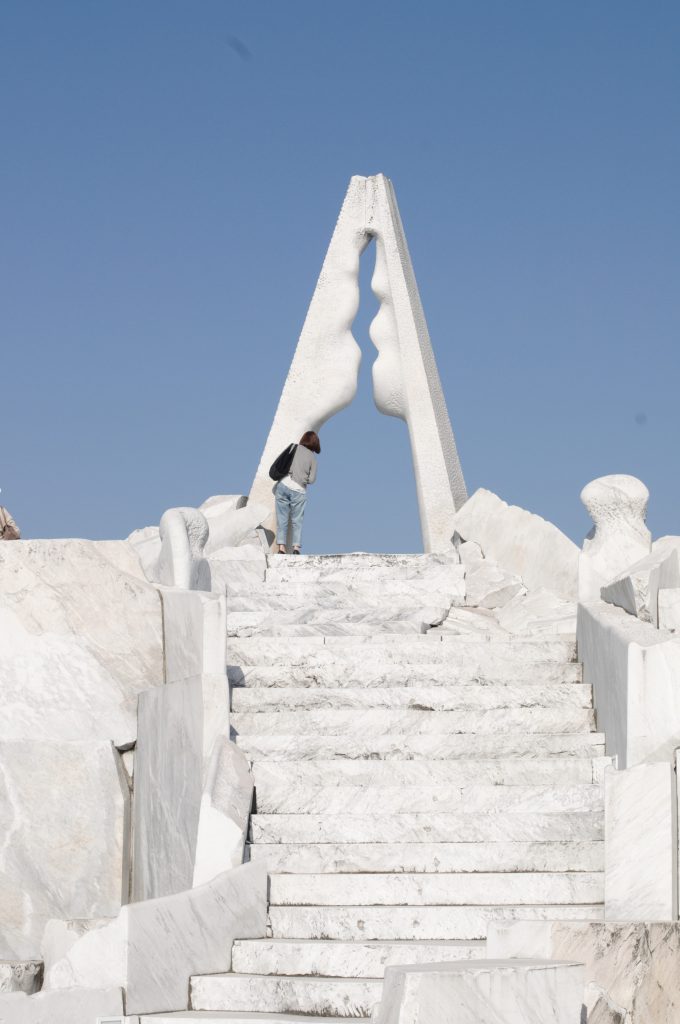
Whether you come from the direction of Onomichi or Imabari, you can approach Ikuchijima in two ways, via the Shimanami Kaido along the northern route (12km) or along the Island Explorer route along the southern route(11km). They both quite flat, perfect for beginner cyclists. The northern route is the more traveled, but has the most
attractions, facilities, runs closest to the sea and has a dedicated cycle lane for a good deal of the way between Setoda and Tatara Bridge.
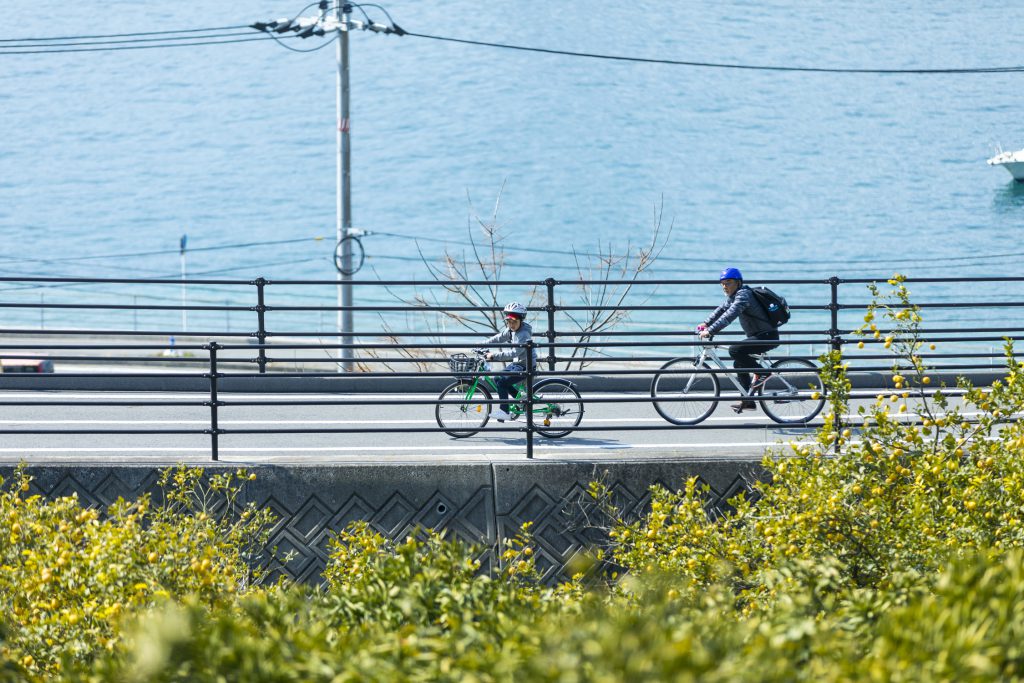
Approaching Setoda from the direction of Onomichi, crossing the Innoshima Bridge, it has to be said that the first few kilometers are not very inspiring. The road is lined with small industrial concerns, plots of solar panels and some of the exhibits that make up the island’s Island-Wide Art Museum are starting to look a little worse for wear. A stop Setoda Dolche to enjoy some delicious gelato while taking in the coastal view is recommended though. Once you round the top of the island, however, things quickly start to improve. A bright orange bridge connects to the little island of Kouneshima which on the map looks like a carbon copy of Iwaji-shima off the northwest coast of Mukaishima and offers a pleasant 10km loop past citrus groves and a look at one of “Japan’s top 50 lighthouses” at its northern tip.
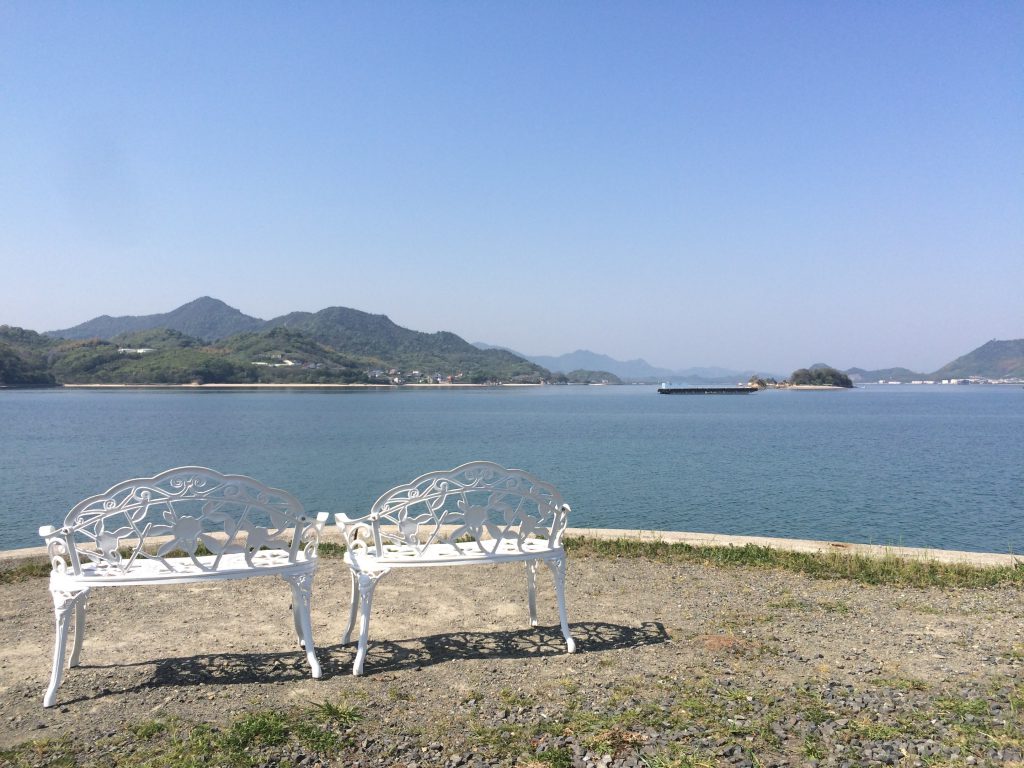
Setoda’s main attractions are just inland from here. It can take a while to get around Kosanji Temple and the Heights of Eternal Hope for the Future, so keep an eye on the time if you are planning to continue on to other places along the Shimanami Kaido on the same day. Do check out Setoda’s little Shiomachi shopping street which is full of old-timey food shops. Not sure what to check out? Look for the shops with lines of visitors outside and see what you get.
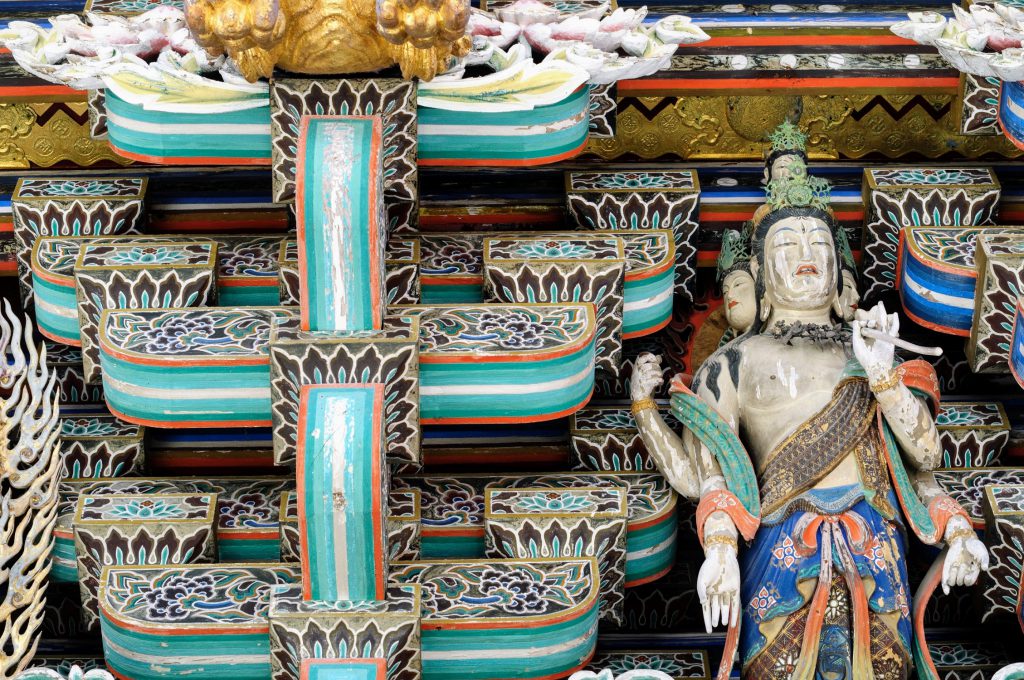
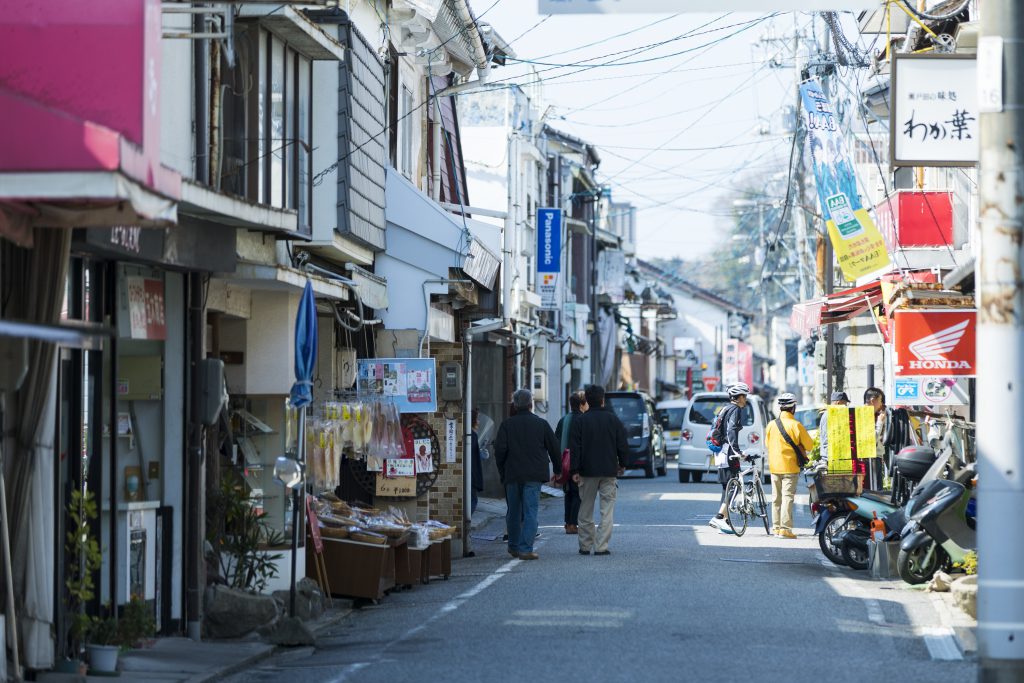
Kosanji Temple[耕三寺]
Ikuchijima’s most popular attraction, built in the 1930s by a wealthy local businessman out of devotion for his mother, is a veritable Buddhist wonderland. Several of the buildings within its hillside grounds are detailed replicas is some of Japan’s most famous buildings. Pluck up your courage and make your way through an underground tunnel past vivid depictions of the tortures of Buddhist hell.
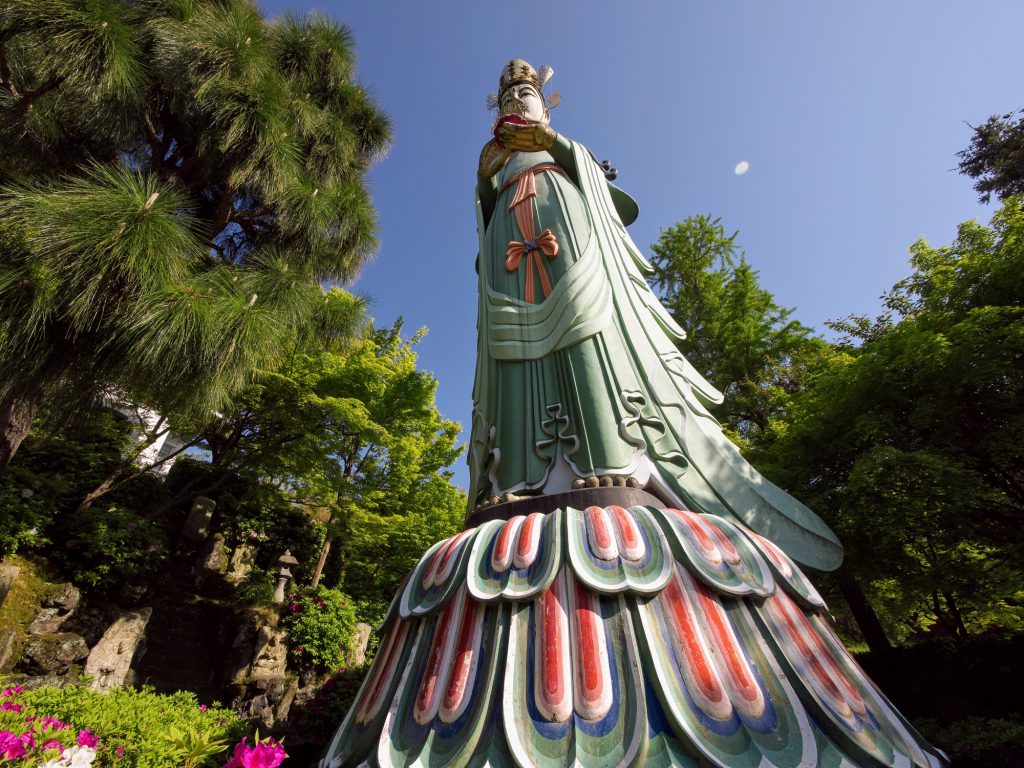
Heights of Eternal Hope for the Future[未来心の丘]
This massive artwork on the hill above Kosanji Temple wrought out of white marble looks amazing on a clear sunny day, just don’t forget your sunglasses! It is the creation of Japanese sculptor Kazuto Kuetani who shipped all the marble from Italy and a photo of you standing under the Tower of Light statue at the top of the hill is highly Instagramable.
http://www.kousanji.or.jp/english/
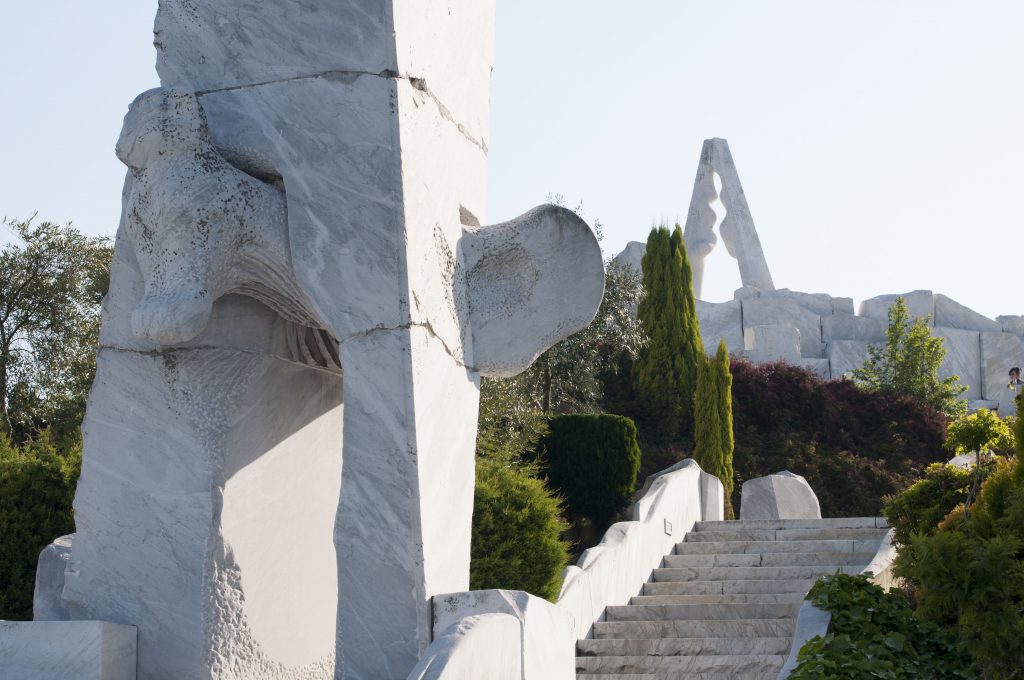
Hirayama Ikuo Museum of Art[平山郁夫美術館]
One of the most famous exponents of Nihonga style painting, Hirayama Ikuo was born in Setoda and witnessed the A-bombing of Hiroshima. He is most famous for his large scale paintings inspired by the Silk Road, the transmission of Buddhism to Japan and the landscapes of the Inland Sea. Travelers along the Shimanami Kaido may like to see his “Fifty-three Stages on the Shimanami Highway” collection.
http://hirayama-museum.or.jp/en.html/
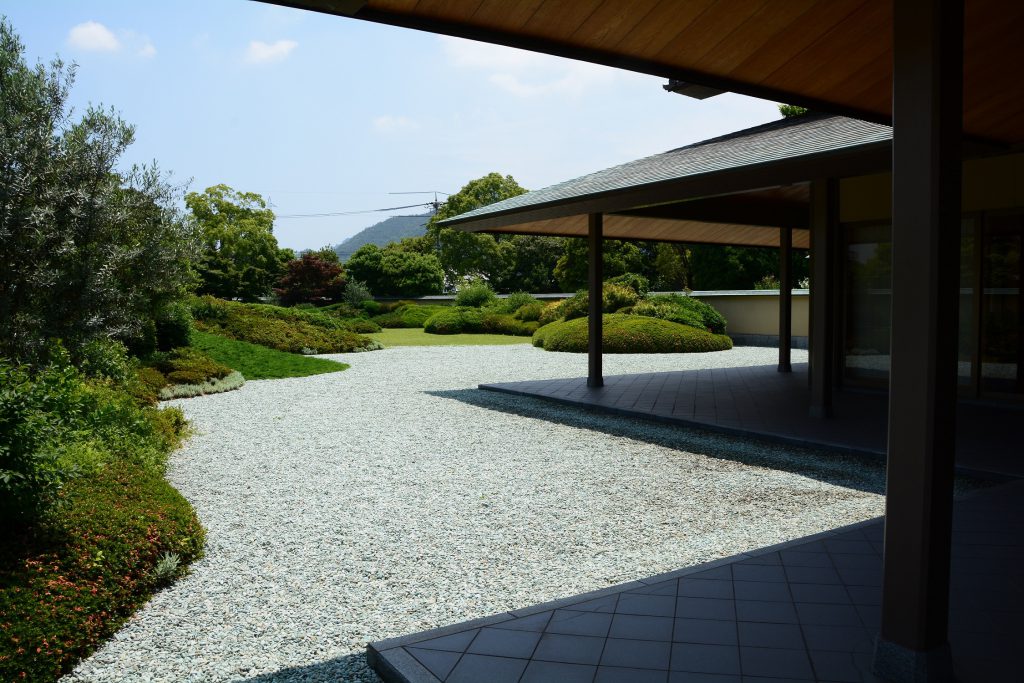
Cho-on-zan Park[潮音山公園]
Hilltop Cho-on-zan Park overlooks Setoda Port and offers great views of Kojoji Temple’s red-lacquered three-storied pagoda, which dates from the early 15th century. It’s a lovely building of impressive construction. You can also see over to Kosanji Temple, the Heights of Eternal Hope for the Future, Koune-shima island and it’s a very pleasant place to wander up to and sit and relax before continuing on your journey.
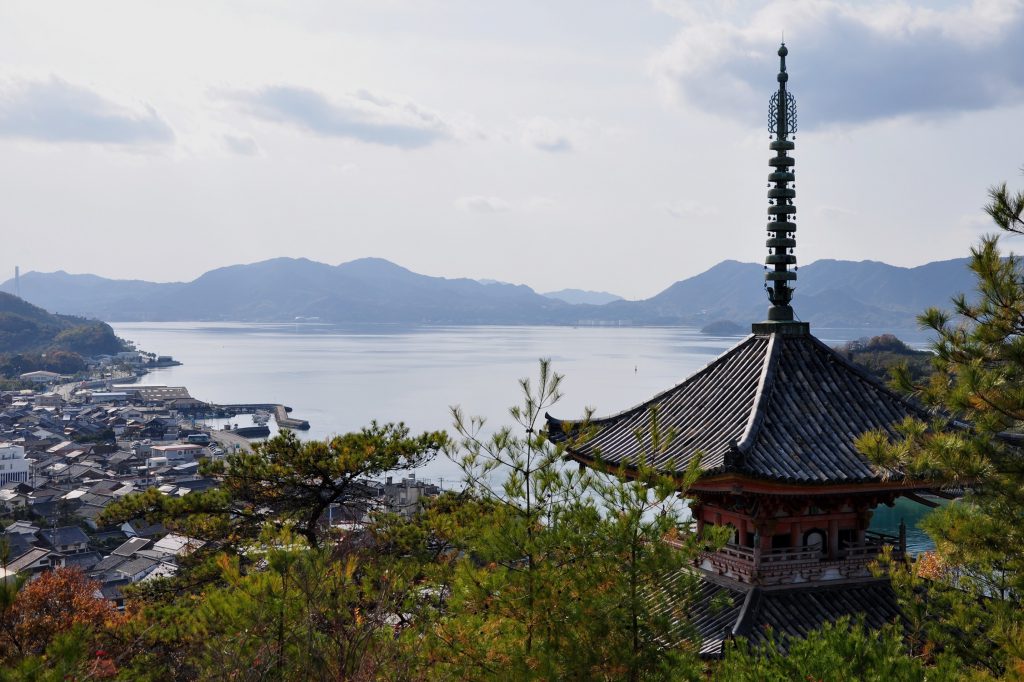
Shiomachi Shopping Street[しおまち商店街]
Many of Japan’s old school shoutengai shopping streets are in terminal decline, but tourism is helping keep Setoda’s Shiomachi Shoutengai very much alive. The narrow 500m-long street, festooned with colorful streamers is retro delight and is lined with little food shops selling roast chicken, fried mashed potato and seafood which can be chased with more gelato and a coffee at delightful cafe Shiomachitei.
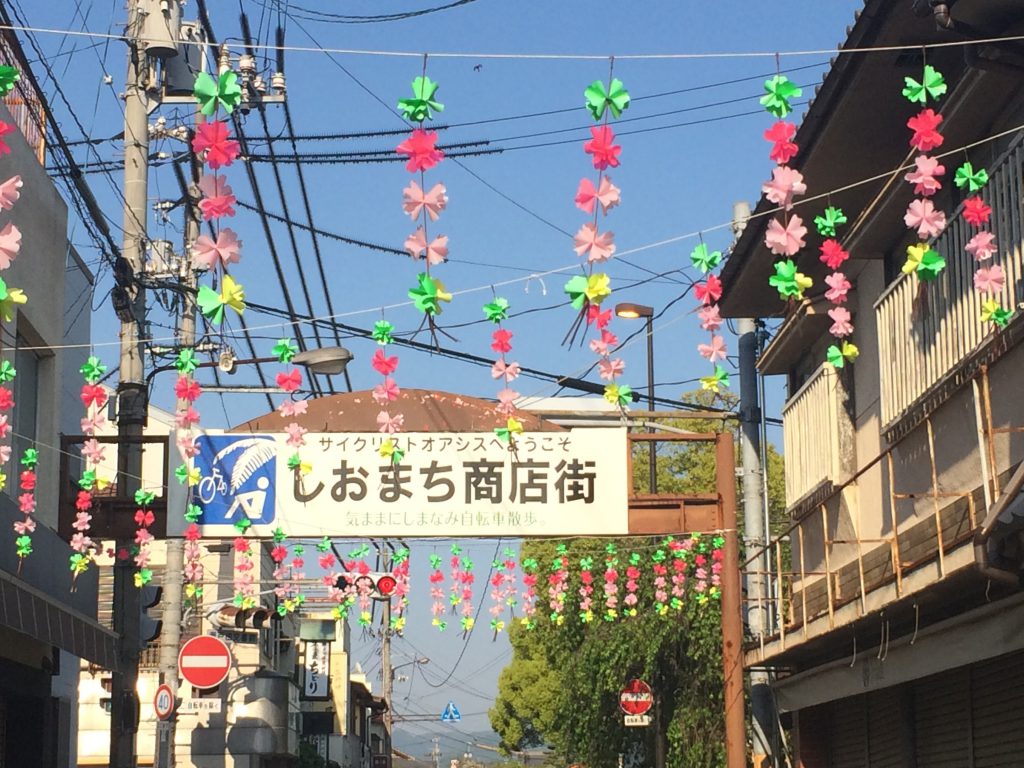
- The Shimanami Kaido begins on Honshu in Onomichi City.
- across the six islands of Mukaishima Ikuchijima, Omishima, Hakatajima
- and Oshimbegins on Honshu in Onomich on Honshu in Onomichi City


